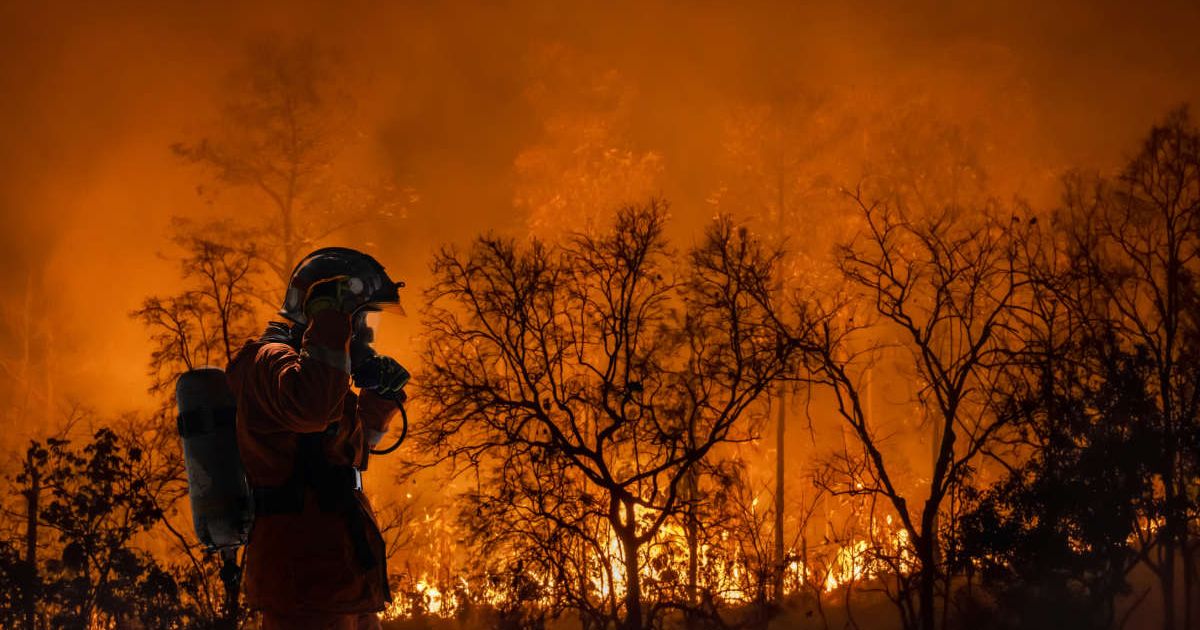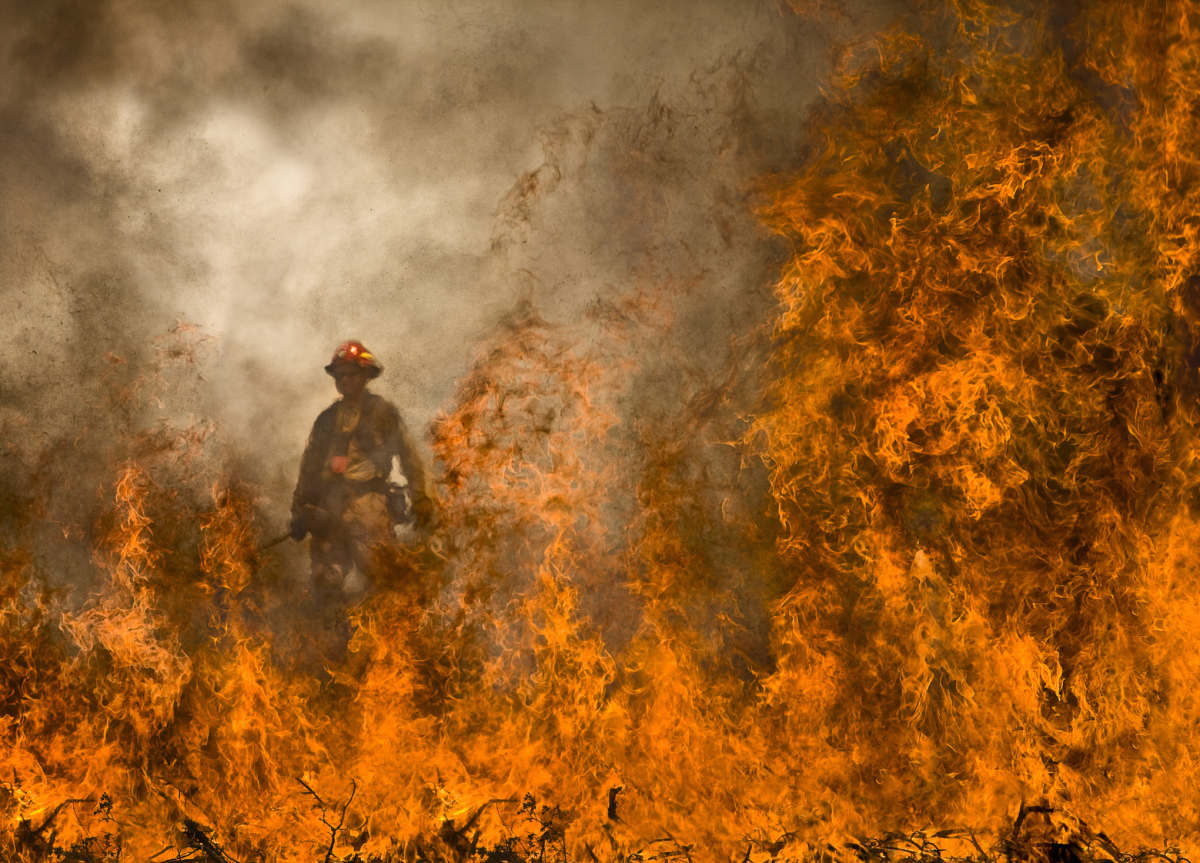Scientists Notice Wildfires in the Western U.S. Doing ‘Seemingly Impossible Things’ These Days

On the afternoon of November 2018, Kevin McKay had two choices: return home to his son or go back to the school to pick up children and take them to the safety of their homes. Little sparks in the vegetation of the Feather River Canyon had triggered a stream of explosions, causing a raging campfire to erupt in Paradise, California. McKay returned to school, picked up the children and the teachers, and headed on an arduous six-hour drive, passing through the flames that seethed, threatening to swallow up the bus, as per the Guardian. While the children inside the bus were terrified, the teachers told them that it was just a regular brush fire. It was not. It was one of the most destructive wildfires that gobbled up nearly 90% of Paradise. McKay, thankfully, kept his promise.

In early 2025, when California became victim to an abrupt tailspin of wildfires, Guillaume Patard-Legendre and his wife, Darcy Balliste, had to evacuate their beloved micro-bakery in Altadena. They had started the bakery only six months ago, in the little garage of their house. And now seeing it getting charred by the blaze was more than just disheartening. They have rolled out a GoFundMe campaign to raise funds to rebuild their micro-bakery. During the same time, a series of feral flames, whipped up by winds as high as 90 miles per hour, lashed the Pacific Palisades area, burning more than 23,000 acres and becoming the city’s worst fire on record.

And no American can forget the 2020 “gigafire” that devastated Northern California, beginning with its August Complex. These are just a few examples that depict how the wildfires in America are becoming more and more aggressive day after day, each time they unleash. In conversation with National Geographic, UCLA’s Daniel Swain described it by saying that these new fires are doing “seemingly impossible things.”

Taking the example of Northern California’s fire, he said, “Two hundred years ago, you probably would have seen million-acre fires, sometimes in California,” Swain says. “They wouldn’t have burned a million acres in a few days. It would have taken months.” When tracking the 2024 Bridge fire, in north of Los Angeles, via satellite thermal imagery, he noticed black splotches clouding his computer screen, which made him think that he was looking at a gigantic volcanic eruption, these black blotches representing the plumes of smoke. In just another day, the fire expanded “like an ink stain on cotton,” spreading across 45,000 acres, about 70 square miles.

As NASA’s Terra and Aqua satellites have detected over a span of 21 years, about two times each day, the wildfires in America have become more frequent, more intense, and larger. The culprit in the suspect could be attributed to the Earth’s warming climate, especially in the northern and temperate forests. The largest increase in the extreme fire behavior was discovered in the temperate conifer forests in the Western US, and the boreal forests of North America and Russia. Warmer night temperatures proved to be a catalyst, fuelling the wildfires and keeping them blazing overnight. As scientists have repeatedly stated, the solution to cooling down the intensity of these fires is to control and restrain human activities, especially the burning of fossil fuels, and enhance environmental protection.
More on Green Matters
Scientists Believe The 'Wildfire Paradox' Could Answer Why Earth Is Burning More Than Expected
The Future of Amazon River is At Risk As Climate Change Threatens Its Ecosystem And Wildlife